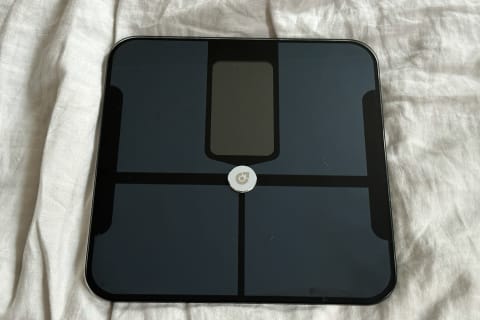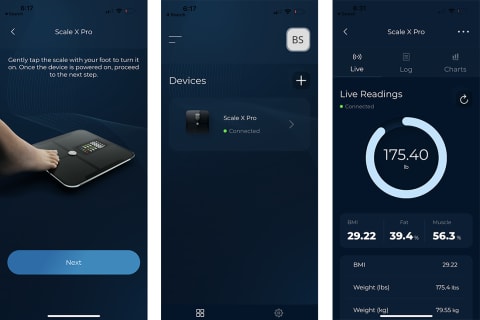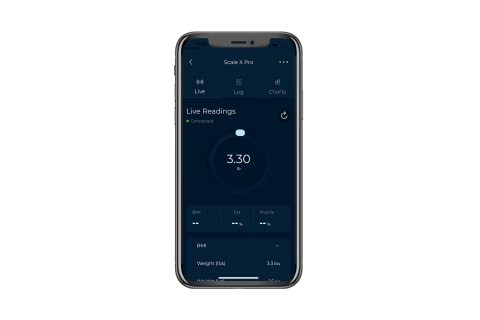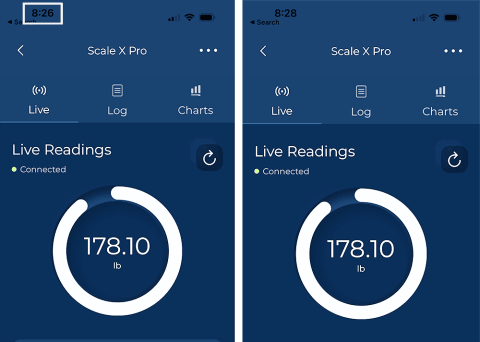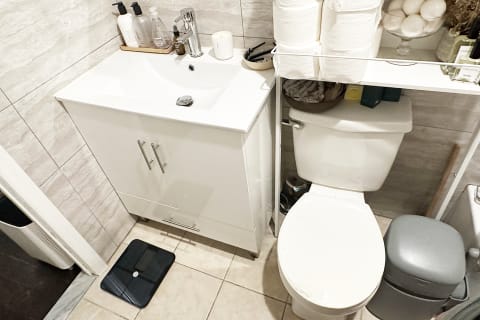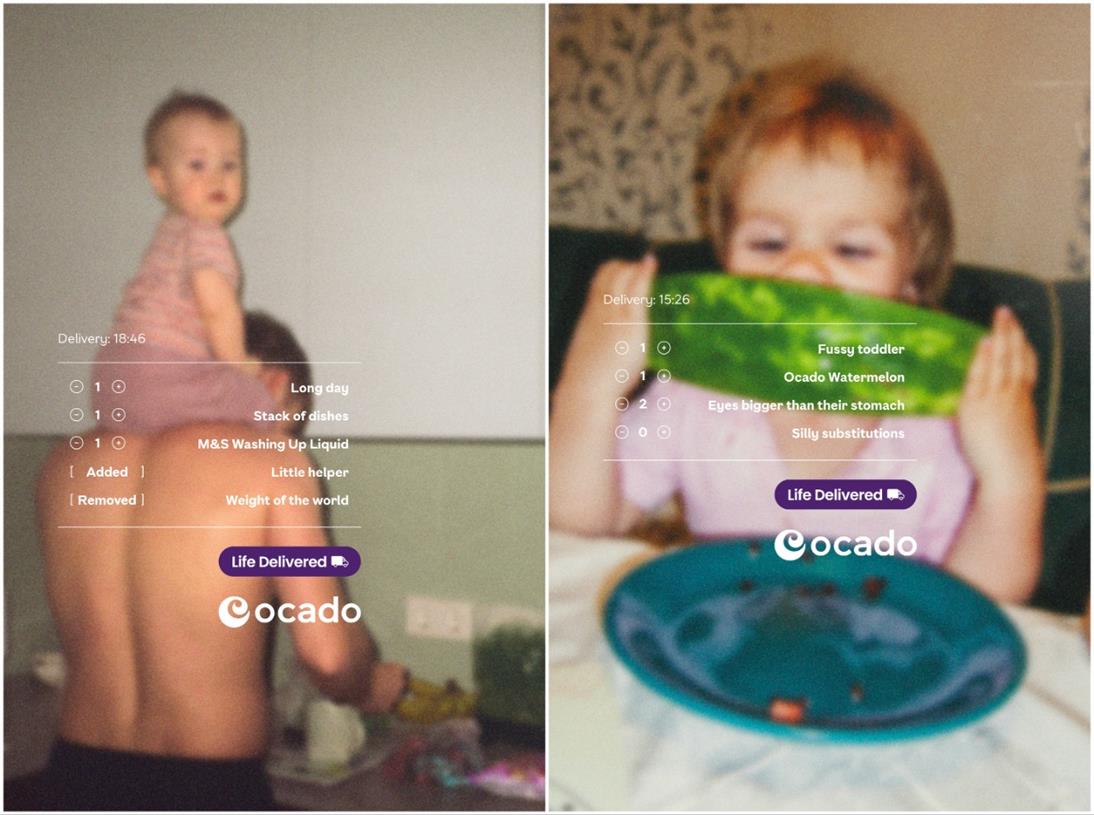This Smart Scale Is The Closest Thing I've Found To An At-Home DEXA Scan
This isn't your regular scale

Advertisement
This ad is displayed using third party content and we do not control its accessibility features.
Image by Braelyn Wood / mbg creative June 24, 2024 We carefully vet all products and services featured on mindbodygreen using our Our selections are never influenced by the commissions earned from our links. It's easy to have a love-hate relationship with scales. Throughout my life, I've tried to put emphasis on how I feel in my body rather than how I look. This means paying less attention to my bodyweight and putting more emphasis on how much weight I can lift in the gym. But as I've started to lean into data tracking to expand my longevity, I've realized that my contentious relationship with a scale needed to end—which led me to the Oxiline Scale X Pro. The smart scale doesn't just track your weight. It also delivers a real-time breakdown on your bone mass, muscle rate, water weight, and body fat at every weigh-in. This makes using the scale feel less like I'm in high school gym class and more like I'm completing an at-home DEXA scan. After testing the smart scale, I've been surprised by how my relationship to a weekly weigh-in has shifted. I'm excited to see how different metrics shift base on changes in my routine—and I've found there's plenty of reason to be impressed with this smart bioimpedance (i.e. body composition) scale.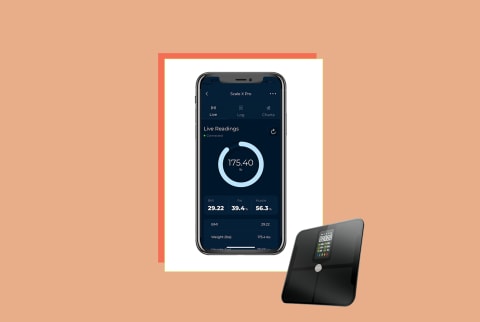
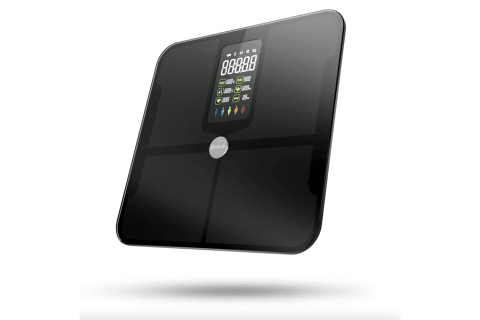
What is Oxiline?
Oxiline is a medical device company creating blood pressure monitors, oximeters, glucometers, tens units, and smart scales.
The Scale X Pro is the brand's only scale, and it's FDA cleared like most of Oxilines other products. This means the Food and Drug Administration found the scales health benefits outweigh the risks (and puts the product on the pathway for FDA approval).
What makes the Oxiline scale "smart"
I've dealt with my fair share of scales throughout my lifetime, including scales that connect to a smartphone to help track your weight over time.
But the Oxline Scale X Pro was my very first smart scale, and the first time I'd seen a scale provide a much deeper look into my body breakdown.
Here's what the smart scale tracks:

How does the scale track these metrics
The Oxiline's sheer amount of data is almost overwhelming—and it's hard to imagine the 11-inch by 11-inch device can calculate that much information. But it all comes down to the ECHO™ Bio-Electrical Impedance Sensor.
Each scale has 12 auto-calibrating sensors that emit a high-frequency sound pulse through your body. It then uses a combination of user date (height, weight, and age) to calculate additional metrics.
Only eight of the device's 16 data points are shared directly on the scale LED screen, such as bone mass, water weight, muscle weight, and BMI.
I found setting up the connection between the scale and iPhone via Bluetooth to be a super simple process. The app provides easy step-by-step directions with visuals to walk you through the set-up.
Other reviewers complained about issues connecting to the scale, but my iPhone notoriously has spotty Bluetooth and didn't struggle to connect.
Instead the app was a useful tool for allowing me to track progress over time with a log of all my old data. It also gave me the option to set up daily reminders to weigh myself until it could become a more regular (and less daunting) habit.
Plus, it was cool to see how the Oxiline eco-system of products could work together to track a range of data points in the app, allowing users to build an even more expansive understanding of their current health status.
Why more than your weight & BMI need to be tracked
During my first reading with the scale, I was almost overwhelmed by the amount of data coming my way—but it was a great reminder that BMI and weight alone are not always the best indicators of health.
When you first start working out, your muscle mass often increases while your body fast decreases. Your body weight might stay the same and cause you to feel discouraged—even though important changes are happening below the surface.
The Oxline Scale X Pro provides insights into both of these metrics to help you gain a more holisitic view of how your body is changed (and it even tracks some of Adame's other recommended metrics like basal metabolic rate and skeletal muscle mass).
Is the Oxiline scale accurate
Unfortunately I've never done a DEXA scan, so I can't tell you how closely these numbers compare to the scale's data collections. However I did play around with the scale to test out the precision and whether the ECHO sensors were actually legit.
Testing the sensors
The first test I played around with was not fully stepping on the scale. Instead I just pressed one leg onto the scale until it hit the body weight of an average person (but kept the rest of my body off the scale).
I wanted to have a better understanding of whether sensors were actually going through my body—or just calculating data about my body based on the sex, height, and age data that I shared when making my profile.
While the weight populated on the my phone screen, other metrics remained empty. The scale wasn't getting essential feedback that it needed from the sensors to determine my body fat or muscle weight.
Testing the precision
My second test focused on precision. I wanted to see if the scale would give me the same exact weigh-in numbers from different rooms. I first placed my scale in the bathroom and took my numbers; I then moved the scale to my bedroom.
In the past, I've had scales change their reading within minutes (despite no actual changes like stripping off my clothes or eating and drinking).
I was surprised to see the Oxiline scale gave me the exact same data when I tested them minutes apart on different hard floors.
While I can't determine the scale's accuracy until I complete a DEXA scan, this felt like a useful way to at least understand the precision of my measurements.
Comparing data points
I also decided to compare the heart rate tracked by the Oxiline scale and my Whoop. I wanted to get an understanding of how similar (or different) these readers would be.
My Whoop is typically worn on my hand, while the scale calculates heart rates through your feet. Since chest readers are known to be the most accurate, I expected to see some discrepancies between these numbers.
I found the scale was about 20 BPM higher, however I was slightly stressed about quickly reviewing my heart rate on the app and live streaming from my Whoop tracker at the same time—which may have exaggerated the difference.
Editor's Note
DEXA scans are the gold standard for understanding your body composition. Many experts recommend taking body fat scale readings with a grain of salt—focusing instead on overall trends rather than exact numbers provided from these scales.
What are the pros & cons of the Oxiline scale
Pros Cons
What other reviews say about the scale
The Oxiline Scale has nearly 9,000 reviews on the brand's site with a 4.9 out of 5-star rating. The most common complaints about the scale focus on issues about Bluetooth connectivity, inconsistency with heart rate readings, and some inconsistency between accuracy and true DEXA scan readings. However my reviews are overwhelmingly positive with other testers sharing:

 Kass
Kass 
